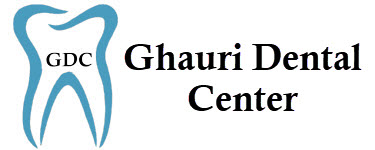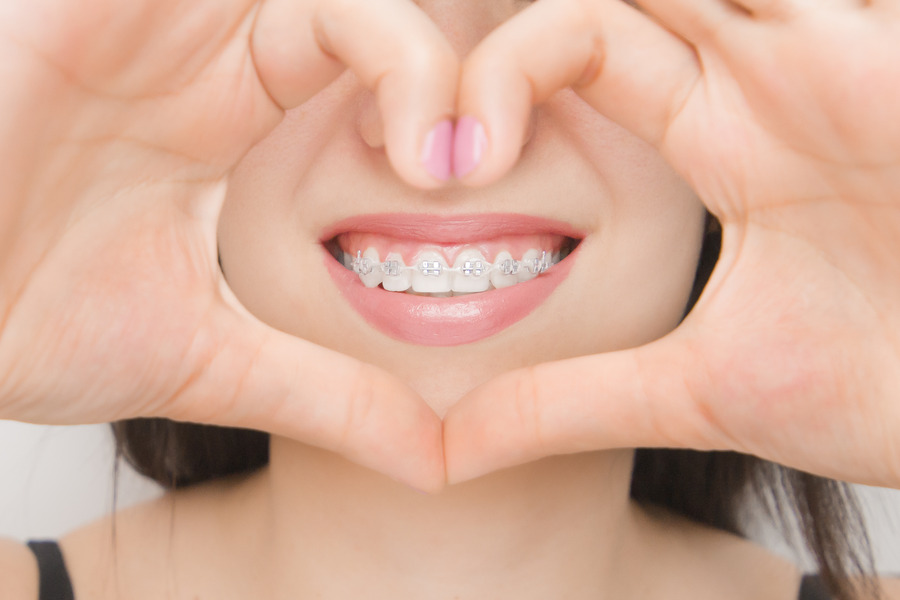Orthodontics
Orthodontics focuses on aligning your bite and straightening your teeth. Crooked teeth, overlapped teeth, twisted teeth, or gaps in your teeth might require orthodontic treatment. A variety of orthodontic treatments are available, including traditional braces, clear aligners, and removable retainers.
Overview
Orthodontics involves aligning your teeth properly. Braces, clear aligners, retainers, and palate expanders are some of the most common appliances.
What is orthodontics?
Orthodontics deals with diagnosing and treating “bad bites” (malocclusions). Braces, clear aligners, and retainers are all orthodontic treatments.
Your oral health is heavily influenced by how your teeth fit together. If your upper and lower teeth meet properly, you can reduce your risk of cavities, gum disease, and excessive wear (erosion).
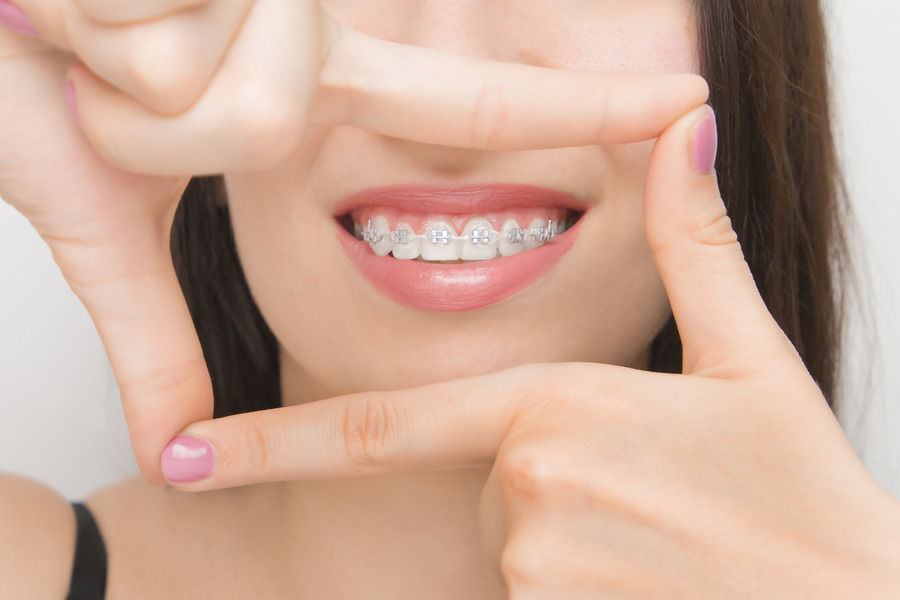
Who offers orthodontic treatment?
Orthodontists usually perform this type of treatment. Upon completing dental school, orthodontists receive additional training for two to three years. Their goal is to improve your bite. Unlike general dentists, they don’t fill cavities, place crowns, or build bridges.
What is the best time to take my child to an orthodontist?
A child should have their first orthodontic appointment by the age of seven, according to the American Association of Orthodontists. This is a good time to check if there are any issues to watch out for, even if many children will not need treatment at this age. It is possible to reduce the need for extensive dental procedures in the future if a child receives early orthodontic treatment.
What are the benefits of orthodontics?
Almost everyone can benefit from orthodontic treatment. The need for treatment varies from person to person. It is common for people to seek orthodontic treatment in order to improve the appearance of their smiles. In addition to cosmetic benefits, orthodontics improves chewing function and oral health.
The most common orthodontic problems
An orthodontic problem can be classified into the following types:
- The overbite occurs when your upper teeth stick out over your lower teeth.
- An underbite is when your lower teeth stick out more than your upper teeth.
- Teeth overlapping.
- Tooth crowding.
- Tooth crookedness.
- Tooth rotation.
- Involved teeth (teeth that are partially or fully trapped in your jawbone).
Is there anyone who shouldn’t have orthodontic treatment?
If you are considering orthodontic treatment, you should not have any serious dental issues like extensive decay or gum disease. A brace placed on a diseased tooth can seriously harm your oral health.
Seeing a dentist for cavities or gum disease is the best way to treat these conditions. If you have these conditions under control, consider orthodontic treatment with your dentist.

Procedure Details
What are examples of orthodontic treatment?
Orthodontics encompasses several treatments. Here are a few of the most common treatments
Braces
Braces gradually adjust your teeth over time with brackets, bands, and wires. The type of braces you choose will depend on your needs, including traditional metal braces and clear (ceramic) braces.
Clear aligners
Orthodontic aligners are a popular alternative to braces. There are many brands of clear aligners on the market, including Invisalign® and ClearCorrect®. These systems use clear aligner trays instead of brackets and wires to straighten your teeth. Each set of trays is worn for one to two weeks before being replaced with the next set. Clear aligners shift your teeth into their proper positions over time.
Retainers
After your orthodontic treatment ends, you will need a retainer if you wore braces or clear aligners. Retainers prevent your teeth from drifting out of their correct positions. In order to maintain your treatment results, you will need to wear your retainer on a regular basis.
Palate expanders
Orthodontists recommend treatment in childhood. In this stage of development, facial bones are easier to move and manipulate. A palate expander (palatal expander) widens a child’s upper jaw. Palate expanders do not usually need to be used by children. However, under the right circumstances, these devices can create additional space without extracting teeth.
Risks / Benefits
What are the advantages of orthodontics?
There are cosmetic benefits to orthodontics. As well as functional benefits, these treatments have health benefits as well:
- Cleaning your teeth is easier when they are aligned properly.
- Chewing and speaking can be improved by straightening your teeth.
- There is a possibility that orthodontic treatment can ease the pain associated with TMJ disorders.
- The alignment of your bite can reduce your risk of cavities, gum disease, and other oral health problems.
- Having an attractive, healthy smile is possible with orthodontics.
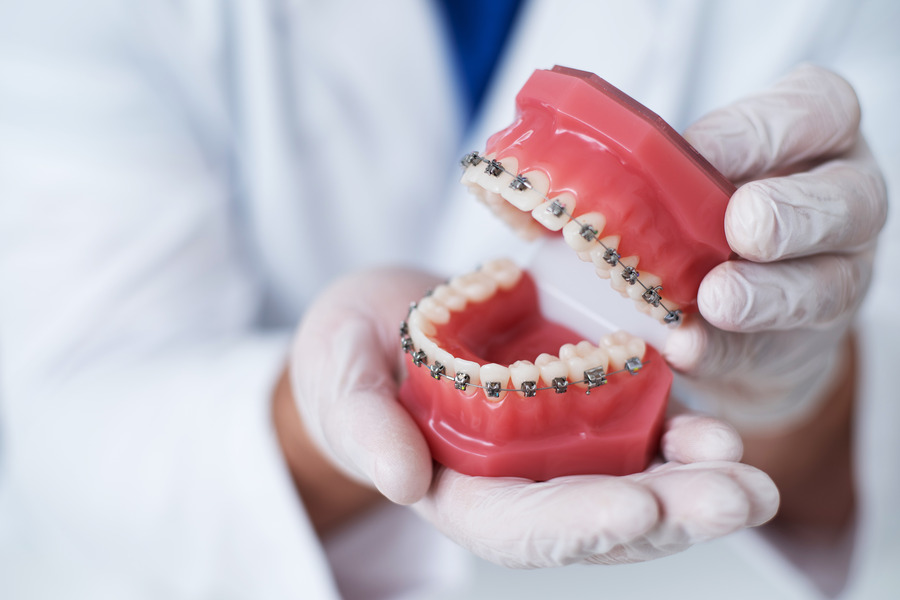
What are orthodontic disadvantages?
You will need to follow treatment guidelines closely and be patient until you reach your goal. Orthodontic treatment can be completed in less than a year for some people. Other people may need two years or longer. Due to the fact that everyone has their own unique needs, treatment times vary from person to person. If you are not sure what to expect, ask your orthodontist.
The risk of cavities increases if you fail to clean your orthodontic appliances thoroughly. It is important that you follow the oral hygiene instructions provided by your orthodontist.

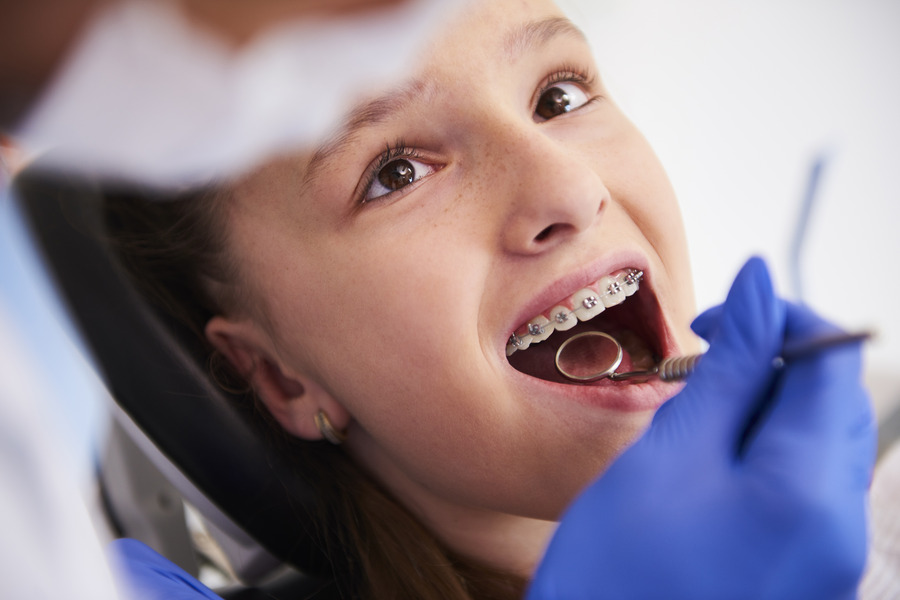
When to Call the Doctor
When should I see an orthodontist?
Schedule an appointment with an orthodontist whenever you’re concerned about your teeth’s appearance, health or function. Many orthodontists will see you without a referral. But your dentist may be able to recommend a dentist as well.
If you think your child needs an orthodontist, ask your dentist for recommendations. Orthodontists generally see children as young as 7 years.
